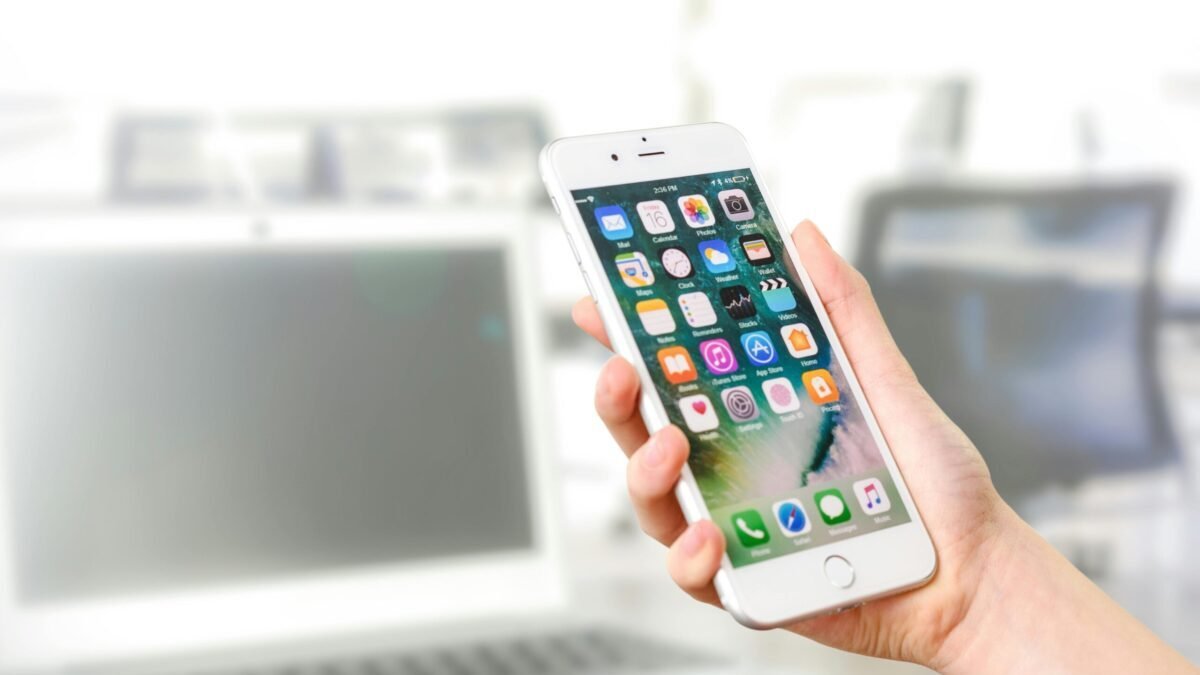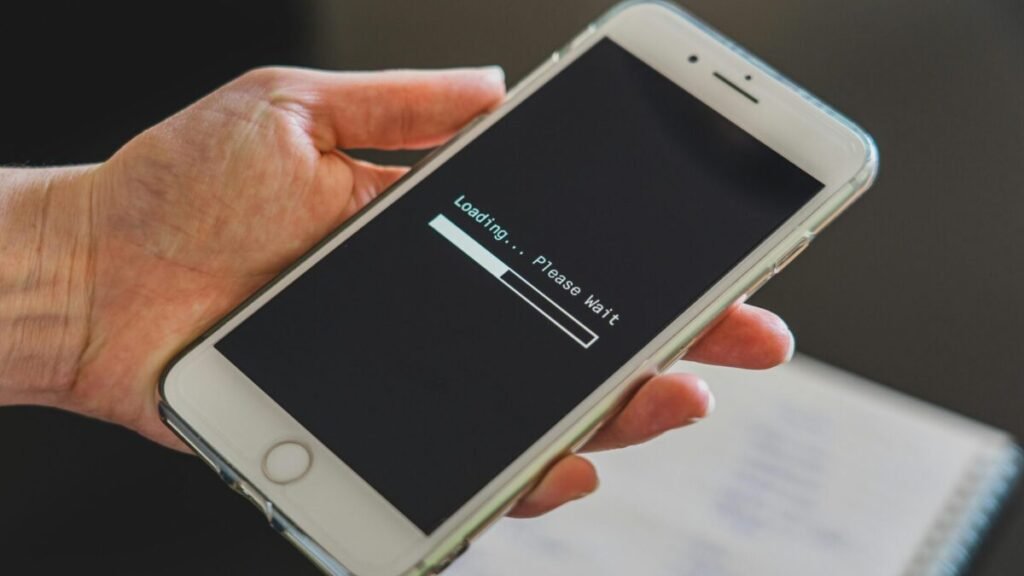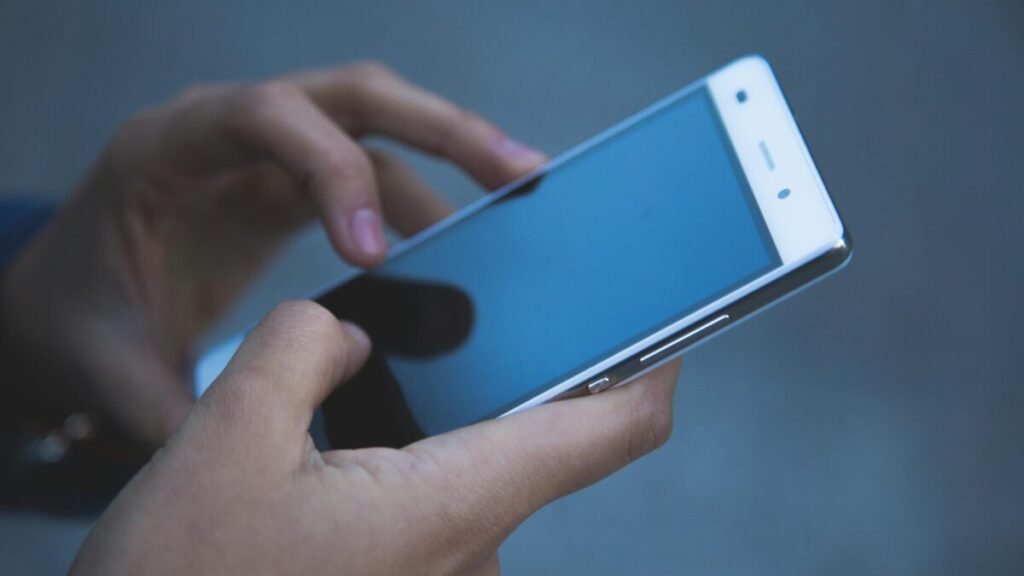
10 Proven Ways to Extend Your Smartphone’s Battery Life
In today’s digital-first world, our smartphones are more than just devices—they’re our constant companions. From staying connected with family to managing work, paying bills, or taking photos, we rely on them all day long. But as our phones become more powerful, one issue remains universal: battery drain.
Few things are as stressful as watching your phone drop to 15% in the middle of a busy day, especially when you still have calls, meetings, or travel plans ahead. The good news is that you don’t always need to carry a power bank or hunt for a charger. With a few smart adjustments, you can extend your smartphone’s battery life and make it through the day worry-free.
Here are 10 proven, practical tips that work for both Android and iPhone users in 2025.
1. Adjust Your Screen Settings
Your screen is the biggest battery consumer on any smartphone. Keeping brightness at 100% might look great, but it drains your battery faster than almost anything else.
Here’s what you can do:
• Lower your brightness manually to a comfortable level instead of keeping it maxed out.
• Turn on Adaptive Brightness (on Android) or Auto-Brightness (on iPhone). Your phone will automatically adjust brightness based on your surroundings.
• Use Dark Mode whenever possible—especially on OLED or AMOLED screens. These displays turn off pixels to show black, saving energy while being easier on your eyes.
Real-life example: I switched to Dark Mode permanently, and not only do my eyes feel less strained at night, but I also end my day with about 10–15% more battery life.
2. Close Background Apps You Don’t Need
Many apps continue to run silently in the background—refreshing content, sending notifications, or using data. Over time, this constant background activity drains your battery.
Here’s how to fix it:
• On Android: Go to Settings → Battery → Battery Usage to see which apps use the most power. Restrict background activity for apps you rarely open.
• On iPhone: Swipe up from the bottom (or double-tap the Home button) and close unused apps.
• Disable auto-start for unnecessary apps like games or infrequently used social media platforms.
This not only saves battery life but can also make your phone feel faster and more responsive.
3. Use Battery Saver Mode Wisely
Modern smartphones include a built-in Battery Saver Mode (Android) or Low Power Mode (iPhone). When enabled, your phone limits background activities, reduces performance slightly, and conserves power.
Best practices:
• Turn on Battery Saver Mode when your battery drops below 30%.
• Set it to auto-activate at a certain percentage (many phones let you choose this).
• For Android users, some phones have Extreme Battery Saver—great for emergencies.
This mode can stretch the last 20% of your battery for several extra hours when you need it most.
4. Manage Notifications and Auto-Sync
Let’s be honest: do you really need constant pings from Instagram, TikTok, and 10 other apps? Each notification wakes your screen and uses energy, even for minor alerts.
Here’s how to take control:
• Turn off non-essential notifications in your settings.
• Disable auto-sync for apps you rarely use.
• Switch email apps to manual sync so they refresh only when you open them.
You’ll not only save power but also reduce distractions. It’s a win-win for your battery and your productivity.
5. Protect Your Phone from Extreme Temperatures
Smartphone batteries are sensitive to temperature. Both high heat and freezing cold can damage them permanently or reduce performance.
To protect your battery:
• Avoid charging your phone in direct sunlight.
• Don’t leave it in hot cars.
• Remove thick protective cases while charging if your device tends to heat up.
• Follow the 20-80 rule: Keep your battery between 20% and 80% instead of letting it hit 0% or 100% daily.
This practice helps maintain your battery’s long-term health, preventing early degradation.
6. Turn Off Wi-Fi, Data, and Bluetooth When Not Needed
When your phone constantly searches for networks, Wi-Fi signals, or Bluetooth devices, it burns unnecessary power.
Try these quick fixes:
• Turn off Wi-Fi when you’re not connected.
• Disable Mobile Data in areas with weak signal strength.
• Use Airplane Mode if you’re somewhere with no service.
• Turn off Bluetooth when not using wireless headphones or smartwatches.
These small habits can add several hours of extra usage over time.
7. Update Your Phone Regularly
It may sound simple, but keeping your phone updated actually helps with battery life. Software updates often include optimizations that make power use more efficient.
What to do:
• Always update your operating system to the latest version.
• Keep your frequently used apps (like WhatsApp, Gmail, or Chrome) updated too.
Developers often fix background bugs that silently drain power, so staying updated is one of the easiest ways to save energy.
8. Reduce Location Services
GPS is one of the most battery-hungry features on any phone. Many apps request location access even when it’s unnecessary.
To optimize location use:
• Allow apps to use location only while in use, not always.
• Turn off background location for apps that don’t need it.
• When using navigation apps like Google Maps, switch to Battery-saving mode if available.
Example: After disabling “Always On” location for my social apps, my phone lasted 2–3 hours longer during busy days.
9. Optimize Your Charging Habits
Your charging habits have a huge impact on battery health. Consistent overcharging or full discharging can wear your battery down faster.
Good charging habits include:
• Avoid letting your phone completely die before charging.
• Don’t leave it plugged in overnight unless your phone supports smart charging.
• Use official or high-quality chargers—cheap cables or adapters can overheat or harm the battery.
Think of your battery like a person: it prefers a balanced routine over extremes.
10. Use Power-Saving Accessories
If you travel often or spend long hours away from outlets, having the right accessories can be a game changer.
Helpful tools include:
• A reliable portable power bank for emergencies.
• A fast-charging cable and adapter for quick top-ups.
• Wireless charging pads for convenience at home or work.
While accessories won’t “extend” your battery’s health directly, they ensure your phone stays powered when you need it most.
Real-Life Example: From Frustration to Freedom
A few months ago, I was constantly reaching for my charger by noon. After making small changes—turning on Battery Saver Mode, lowering brightness, and restricting background apps—I started ending my days with 30% battery still left.
The biggest surprise? I didn’t feel limited at all. My phone still performed great, but I felt more in control and less anxious about running out of power.
These little habits became part of my daily routine, and now I rarely worry about finding a charger when I’m out.
Final Thoughts
Your smartphone doesn’t have to die halfway through the day. By following these practical habits—adjusting your screen, using Battery Saver, managing notifications, and avoiding extreme temperatures—you can extend your battery life without sacrificing performance.
Remember, it’s not one magic setting that saves battery—it’s a combination of small habits that add up. Whether you’re a student, a busy professional, or a frequent traveler, these battery-saving tips will help your phone stay powered from morning to night.
Start with a few today, and you’ll immediately notice the difference.



